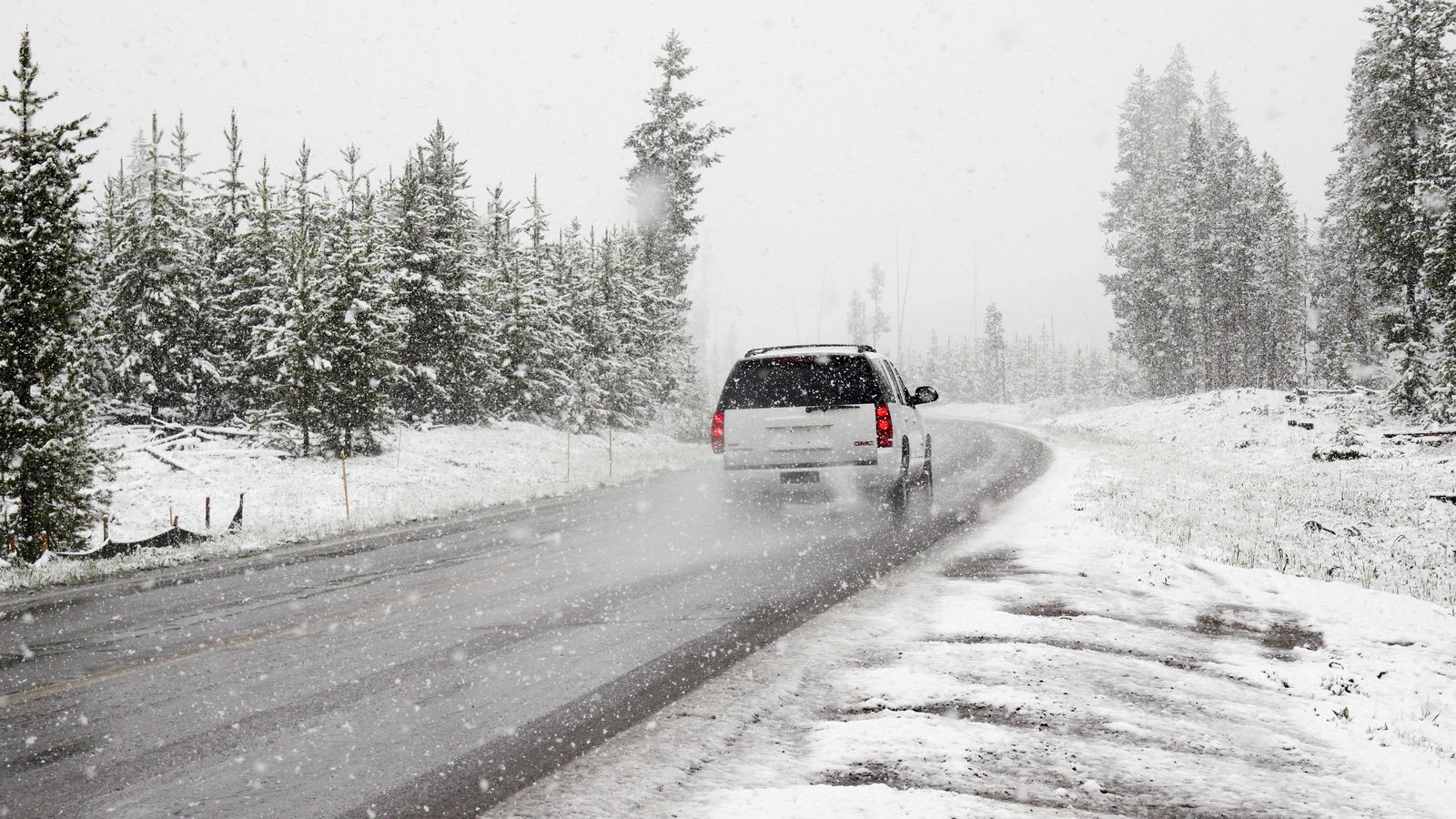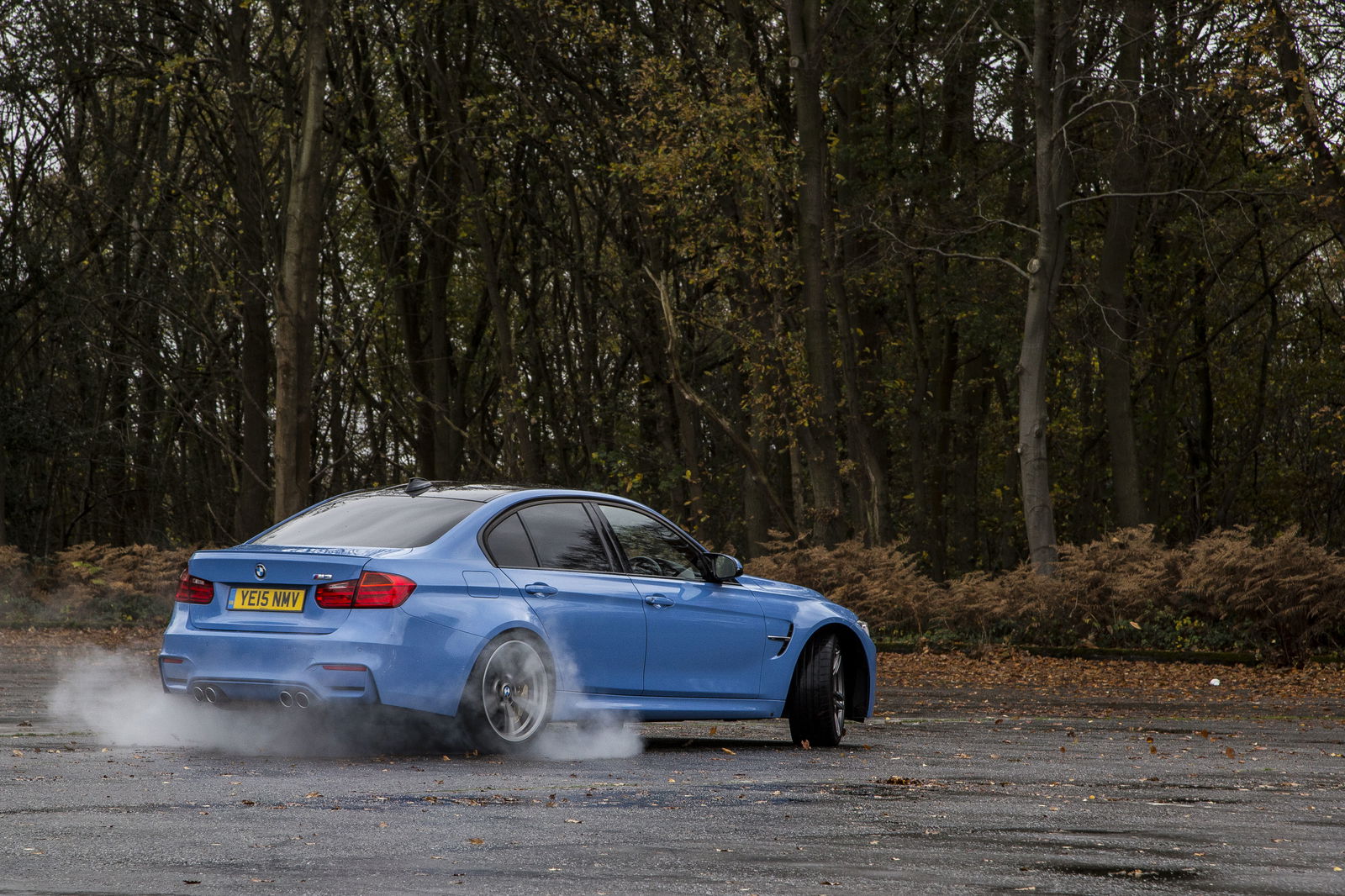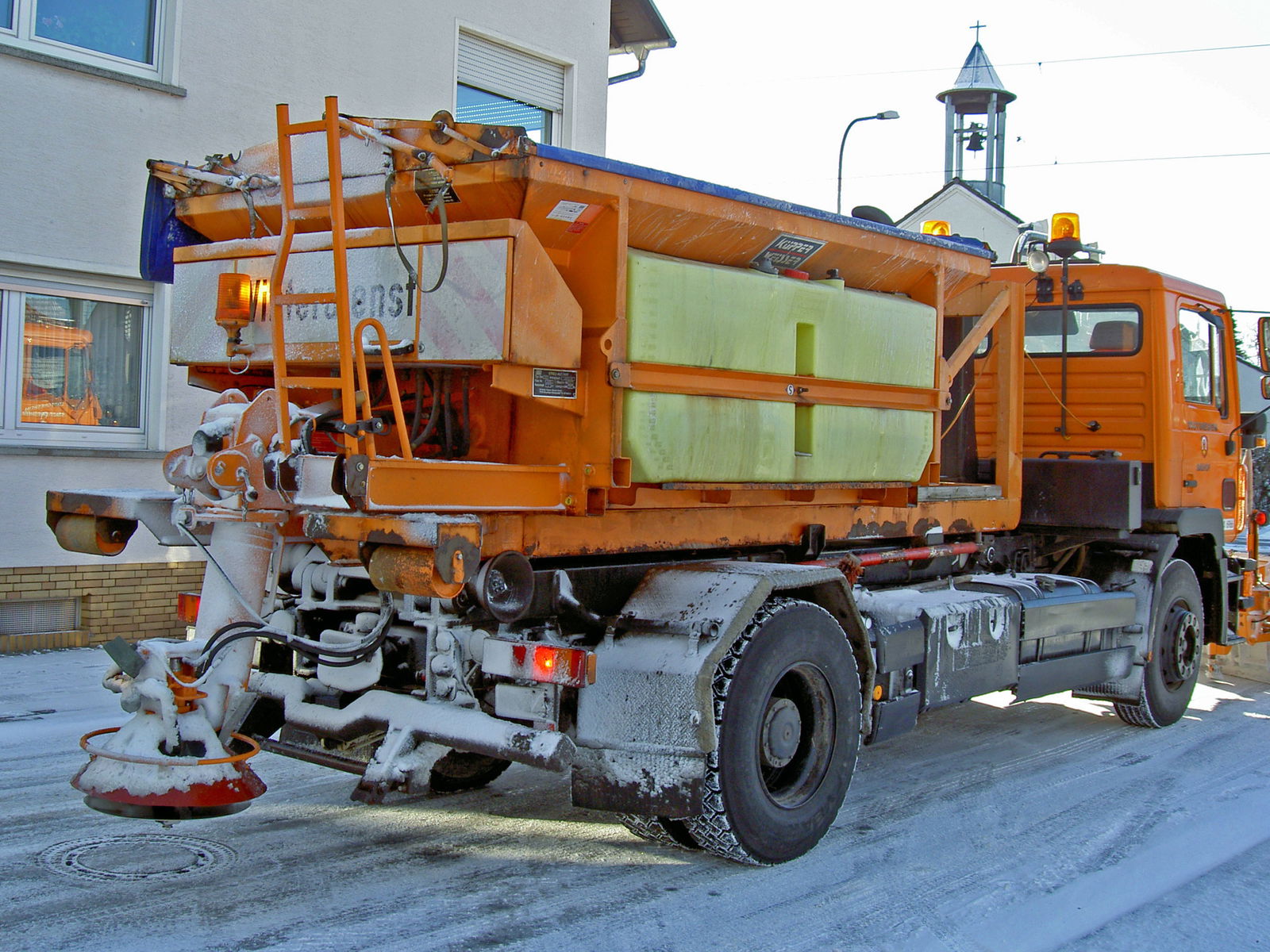Heated Roads Are Set To Revolutionise Winter Driving

When we think about winter driving, it’s easy to get carried away with thoughts of drifting in the snow, hooning roundabouts and practising car control. In reality, however, we’re faced with half-gritted roads, patches of black ice and stranded BMWs. Thankfully, an American Professor has developed a new type of road surface which has the potential to alleviate all of these problems.
The Telegraph has reported that Chris Tuan, Associate Professor of Civil Engineering at the University of Nebraska has developed a new road surface which uses conductive concrete, which is made by incorporating steel shavings and carbon particles into a traditional concrete mix. This allows a low current to pass through the concrete, heating the surface to just above freezing. As a result, snow and ice don’t have time to form. This has two major benefits for motoring enthusiasts:
1. Hoon all year round

Heated roads have been trialled in the past, but they’ve never been successful. The main reason for this has been their inconsistency. The majority of heated roads use electric coils, heating the surface in a patchy manner. This is argubly worse than having a fully dry, or fully wet road, because grip levels are so unpredictable.
Chris Tuan noticed this problem, and set out to solve it. That’s why his conductive concrete heats up consistently and evenly. In an interview with National Geographic he explained “When you use conducting concrete, the entire concrete heats up, there is no cold area.” That means that we’ll be able to pull our cars and bikes out of the garage in the dead of winter and give them a thrash, without having to worry about black ice or stranded drivers.
2. RIP gritters and snow plows

One of the worst things about winter driving is the toll it takes on your car. Grit, also known as road salt, is highly corrosive and can eat away at the undercarriage of your pride and joy. And if you’re unlucky enough to get stuck behind a gritting machine, you’ll end up with your vehicle getting sand blasted.
Thankfully, this new type of road surface would render gritting and other winter road treatments obsolete, lowering maintenance costs considerably. Granted, the conductive concrete mix currently costs around £200 ($300) per cubic yard, which is significantly more expensive than the £80 ($120) per cubic yard of traditional concrete, but the money saved on maintenance in the long run would make up for the initial outlay.
This was proved during a test of the new road surface on the Roca Spur Bridge in Nebraska. During a three-day storm, the road was kept completely clear, and the cost of heating the road was only £170 ($250). That cost is far less expensive than deploying the traditional road maintenance teams. Another benefit of the system was the consistent temperature of the surface throughout winter. In the long term this would prevent roads from cracking up and developing pot-holes.
So what’s the catch? Well, like any new technology, it needs to go through a long process of testing. Tuan is currently working with the US Federal Aviation Authority (FAA) to see if the concrete is suitable for use on runways. If the testing goes well, we might see this technology on our own local roads in the not too distant future.

Comments
Great idea, at first I thought it sucks for car guys but parking lots won’t be heated i guess and there will always be some paths without snow.
Meanwhile in Australia this represents our road conditions in the winter months…
If the concrete is heating up then so are your tires, that could end badly
The cost of installation into current road system will need to be accounted for as well as the act of resurfacing the road, do i need to replace the heating element?
This needs to be a thing however, i like driving in the snow, and ice(with no grit). so i want a healthy medium, this is due to the considerations needed to drive on a slippery surface.
Additional Note: when the temperature is lower than the heater can support wouldn’t it just create sheet ice?
No no no that get rid of the fun
Yay no snow! hydroplanes
What is so funny is like a year ago my boyfriend was saying he wanted to invent this……….Someone got to it first.
Snow plows won’t be gone. Snow will take longer to melt if there is a lot of it piled up, especially in areas where snowfalls of 1+ feet of snow is common.
I still never driven on snow, I might never got the chance if this happens.
Subie guys be like
Pagination